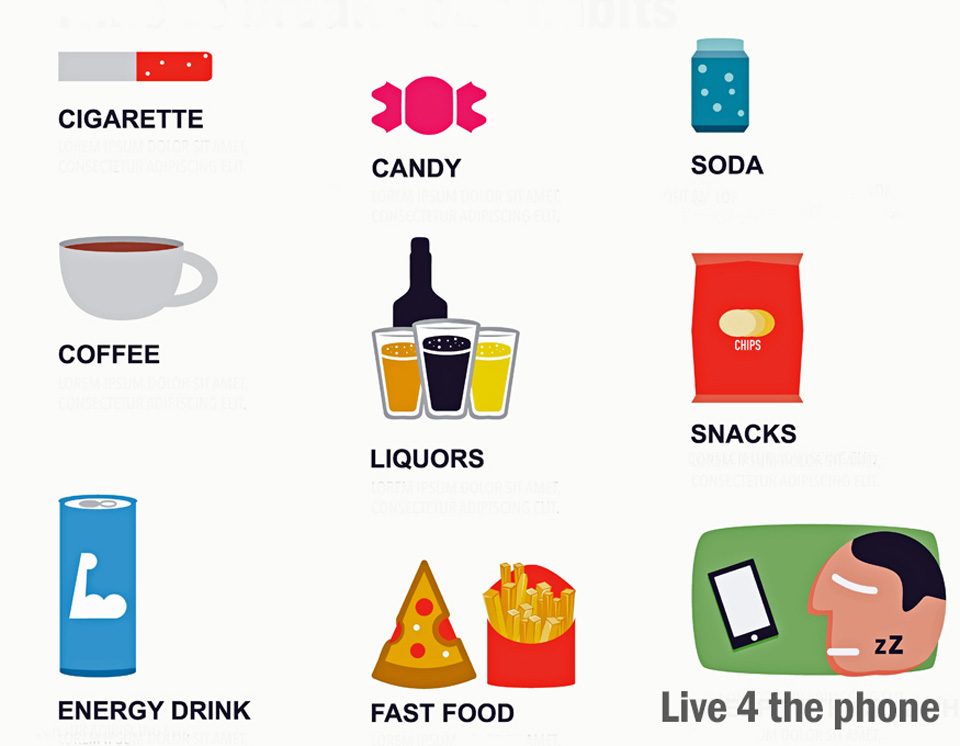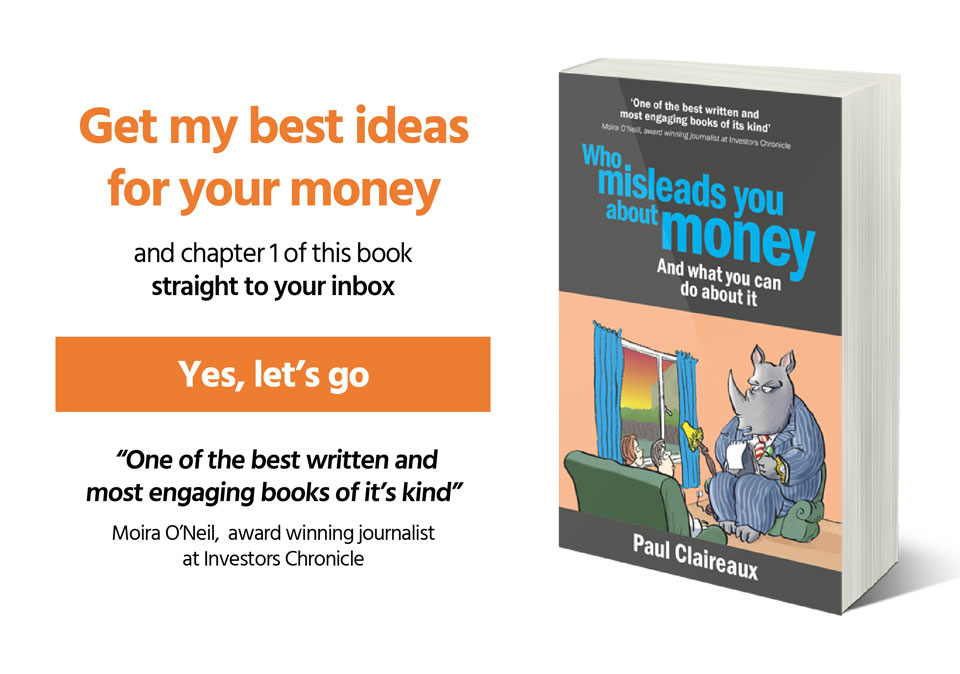Time to break bad habits

If you’ve ever tried to break a bad habit – or you know someone who has – you’ll know it isn’t easy.
Of course, there are plenty of products on sale that “promise” to help us with various bad habits – but we need to check the evidence (with our doctor if appropriate) to see if they really work.
This Insight is not about another ‘quick cure’ product
It’s about the real secret to behavioural change.
And it’s the one thing we most often forget to prescribe for ourselves.
A little bit of time
Did you know that we typically go through six stages of change to stop a bad habit.
That, at least, is the finding of James Prochaska (Ph.D) John Norcross (Ph.D) and Carlo DiClemente (Ph.D) in their acclaimed book ‘Changing for good: A revolutionary six stage program for overcoming bad habits and moving your life positively forward’
You’ll find it listed with my other favourite books here.
And I recommend that everyone has a copy because there’s a great deal more to this than I’ve outlined here.
The six stages of change identified by these Doctors are:
Pre-contemplation
To begin with we’re not thinking about making any changes to our behaviour. We may not even be aware that we have a problem. Those around us, of course, may be well aware of it.
Contemplation
In this stage we start to realise that we have a problem and start to consider the benefits of making a change.
Preparation
By this stage we’ve accepted the need for change, and we’re ready to make one. We may even have started taking small steps towards it, like a first (perhaps failed) attempt at giving up smoking.
Action
Now we’re fully engaged in making the change and we’re actively replacing the bad habit with better one.
Maintenance
In this stage, we’re on our way to kicking the habit but need to guard against situations that might tempt us back into it.
And, it’s essential to be aware that, whilst everyone’s situation is different, it can take six months or more to reach this stage.
Termination
This is the goal of course. We’re over the habit -and feel no temptation to restart, even during periods of stress. Anyone who’s given up smoking will recognise this stage.
What I like about this model
Most of us will recognise this pattern, whether in a challenge that we (or someone we care about) faced to give up smoking or cut down drinking or eating.
This model of personal change is realistic. It takes account of our readiness to act rather than ‘forcing’ change on us too quickly.
The evidence is that most people reject fast or forced change. We need time to contemplate our behaviours and develop our own desire for change.
I often described this concept to my children as the ‘reverse Newton laws’ that apply to human interactions.
We can push an inanimate object in any direction we like and it will obey Newtons laws of motion. The harder you push it – the faster it will travel (provided that it’s not ‘fixed’ to the floor of course)
But when it comes to people that law goes into reverse.
The more we try to force ‘people’ to do something the harder they push back. And they’ll quite often move in the opposite direction.
With children, it’s tricky because we can’t always take a non-directing approach. Instead we need to shift between ‘directing’ and ‘empowering’ over time . . . and from time to time each day.
Of course, the “fun” really begins in their teenage years 😉
Now, I’ve no doubt that this ‘stages of change’ model of human behaviour has its limitations. All models do – and it won’t apply to everyone in every situation.
But having some understanding of it can clearly help us to escape from a bad habit.
And by accepting that behavioural change takes time – we stand a better chance of success.
Let me know what you think – in the comments below
All the best for now
Paul
Please share your thoughts in the comments below.
You can log in with your social media or DISQUS account OR
To “post as a guest” – just add your name and that option will pop up.


Discuss this article